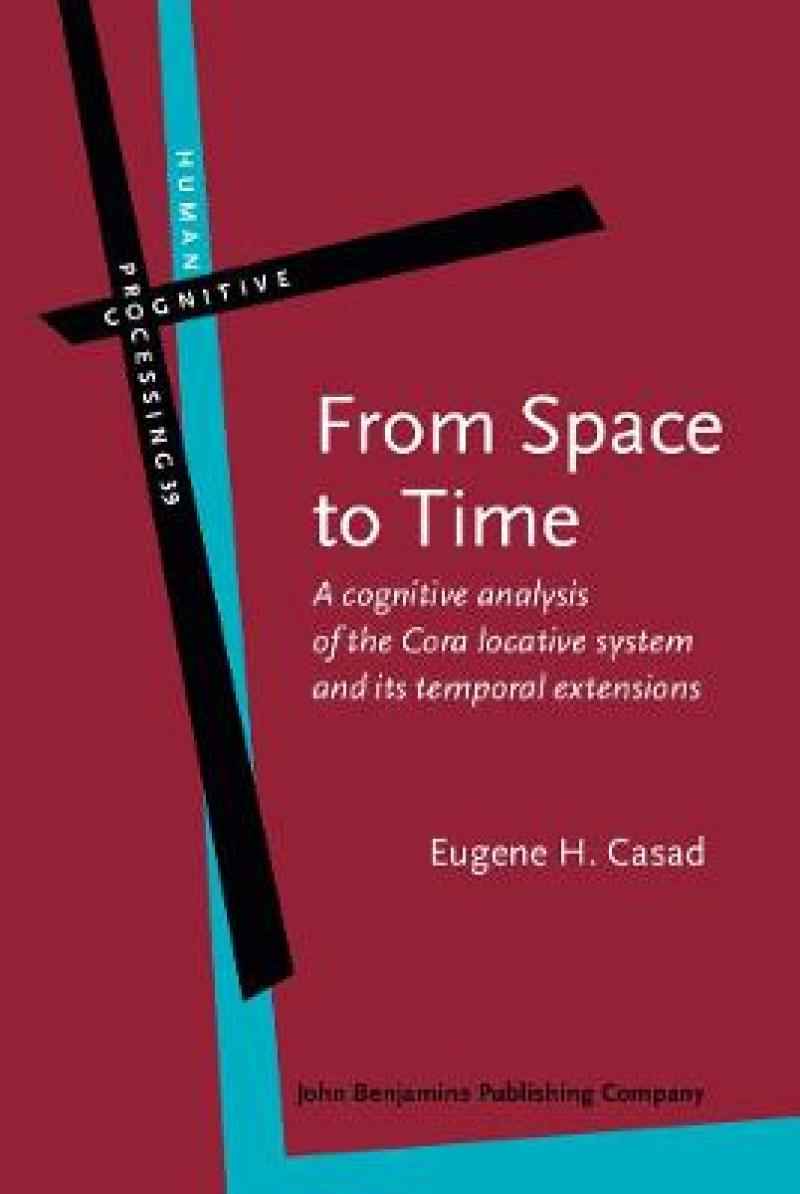Overall, Eugene H. Casad has produced a comprehensive account of Cora’s unique locative system and its extensions to the temporal domain from a diachronic and synchronic point of view. Given the precarious status of the language, and Casad’s long-term commitment to the study and description of Cora, this book will become an invaluable source of reference for linguists interested in Uto-Atztecan languages, typology, and, most of all, cognitive linguistics.
- Dorothea Hoffmann, University of Chicago, in Anthropological Linguistics Vol. 55:3 (2014), pp. 301-304,
This careful and detailed analysis of the semantic and conceptual relations between space and time draws on the author’s deep experience with the Cora language. Casad works systematically through the extensions of temporal language in Cora, giving a master class in the application of a classical Cognitive Grammar framework to the study of conceptual models and their development.
- N.J. Enfield, Max Planck Institute for Psycholinguistics, Nijmegen,
Since Cora is a language on the verge of extinction, this research monograph is undoubtedly the last chance of reading a thorough analysis of the emergence of its grammaticalized locative forms, coupled with a comprehensive account of the extensions from the locative domain to the domain of time. Having spent many years doing fieldwork among Cora speakers, E. Casad occupied the best possible position to undertake this endeavor and to complete it successfully. I know of nobody else who could have done it or would still be able to do it.
- Nicole Delbecque, Katholieke Universiteit Leuven,
